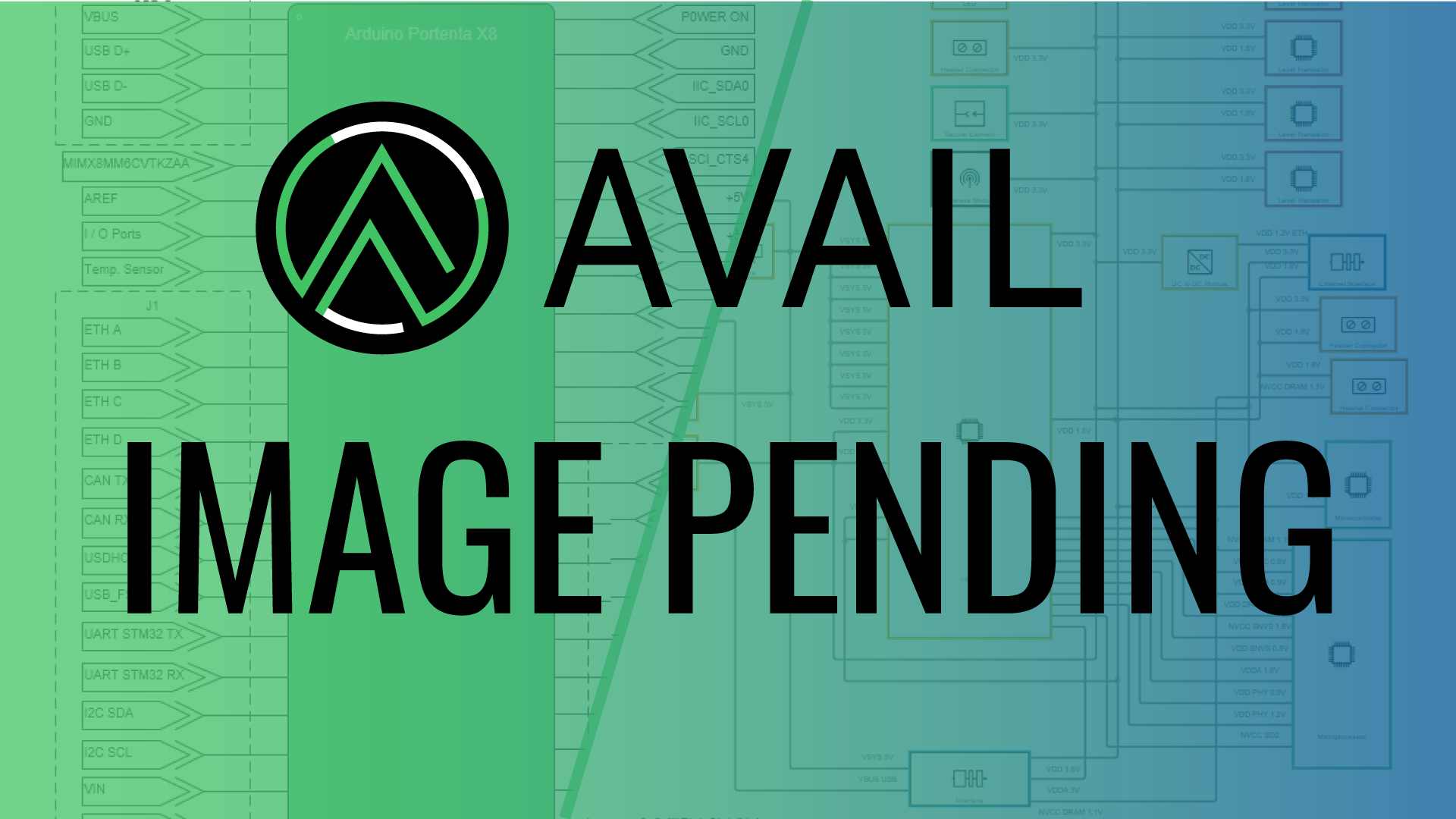Advanced power architectures move into industry

Technology moving from one market to another happens a lot. Industrial computing and processing hitherto based on closed and secure proprietary systems is increasingly embracing the possibilities of Internet-based communications and is even putting its toe into the exciting new pool known as the Internet of Things. Of course this brings a whole host of security threats, but this is another story for another day. However, keenly associated to this trend of greater computing power and complexity is another technology that is making a move into industrial from the communications field: that of advanced power system architectures.
Demands such as the need to reduce power consumption and supply the lower voltage levels required by the latest semiconductors have driven the use of increasingly sophisticated and advanced power distribution architectures. Over the past several years, the distributed power architecture (DPA) has been increasingly used in the industrial environment rather than a centralised power supply. While the centralised power approach essentially converts AC down to low voltages required at board level, DPA significantly reduces the losses that come with moving low voltage around a system, although at a price. For example, the classic DPA approach commonly comprises a number of isolated DC/DC converters on each board, which convert the typical 48V(DC) bus widely used in telecoms down to voltages of 5V, 3.3V, 2.5V, and below to meet the needs of load circuitry on the board. But there is greater cost in terms of DC/DC converters that are required to handle isolation, regulation, filtering, protection, and so on. Isolated DC/DC converters are typically more expensive and less efficient than non-isolated ones.
Certainly the DPA is well suited to relatively small-scale applications running from the 24V(DC) bus, which is popular in many industrial applications, and while DPA has been the preferred architecture in telecoms specifically and communications in general for decades now, it has not remained still and has seen evolution over the past 10 years or so with the introduction and standardization of the Intermediate Bus Architecture (IBA). In the telecom field, there are efficiency issues in the DPA approach with its conversion from the –48V to logic levels of 3.3V(DC) or lower in a single step. The IBA, which was brought into being largely to address cost – as mentioned previously – essentially breaks power conversion into multiple stages and is designed to provide an optimum voltage/current combination.
The IBA now dominates in telecoms and can be very well suited to small-scale and high-reliability systems such as industrial process control instrumentation. Only one isolated bus converter is required to work with multiple, low-cost, non-isolated and highly efficient, Point-Of-Load (POL) DC/DC regulators. And in many systems, it has resulted in significant savings. Typically, the IBA uses Intermediate Bus Converters (IBCs) to convert the traditional –48V(DC) line to a typically static 12V(DC), which then feeds a number of non-isolated DC/DC Point-of-Load (POL) regulators, which supply the final load voltages at IC logic supply levels. In some instances, several POL regulators may be used to supply one semiconductor device, perhaps a quad core processor.

A quad core processor may required up to 8 POL regulators, like the Ericsson ones shown here, to create the most efficient power solution
An even more recent evolution on the IBA is Dynamic Bus Voltage: this architecture provides the ability to dynamically adjust the power envelope and the previously fixed 12V(DC) intermediate bus to meet load conditions. This technology makes much use of specially optimized hardware in the form of advanced bus converters in conjunction with digital power control. Using the industry-standard power management bus, called the PMBus, digital power control uses advanced digital techniques to enable control and monitoring of functions within the application. One example device is the Ericsson BMR46X series of 3E digital POL modules. The series offers current outputs of 6, 12 and 18A and delivers Dynamic Loop Compensation (DLC) and advanced energy-optimization algorithms to reduce energy consumption.

The PMBus, digital power control uses advanced digital techniques to enable control and monitoring of functions
Clearly there is extremely diversified range of industrial applications from the very small and highly specific to some serious computing capabilities required in process control. And while IBA and its advanced variants are commonly used (based on products in either analogue or digital flavours), one-size does not fit all and these approaches are not ideal for all applications. So it is a major task for power system designers to select the most efficient architecture. This is of course is where a specialist distributor can help. Avnet Abacus has the know-how and access to an extensive range of DC-DC converter products –– including digitally controlled POL regulators and intermediate bus converters – from world leading power supply manufacturers such as Ericsson Power Modules, Murata Power Solutions and GE among others. If you need advice on how to power your design, get in touch with our team of technical specialists by clicking the Ask an Expert button to the right of this post.



